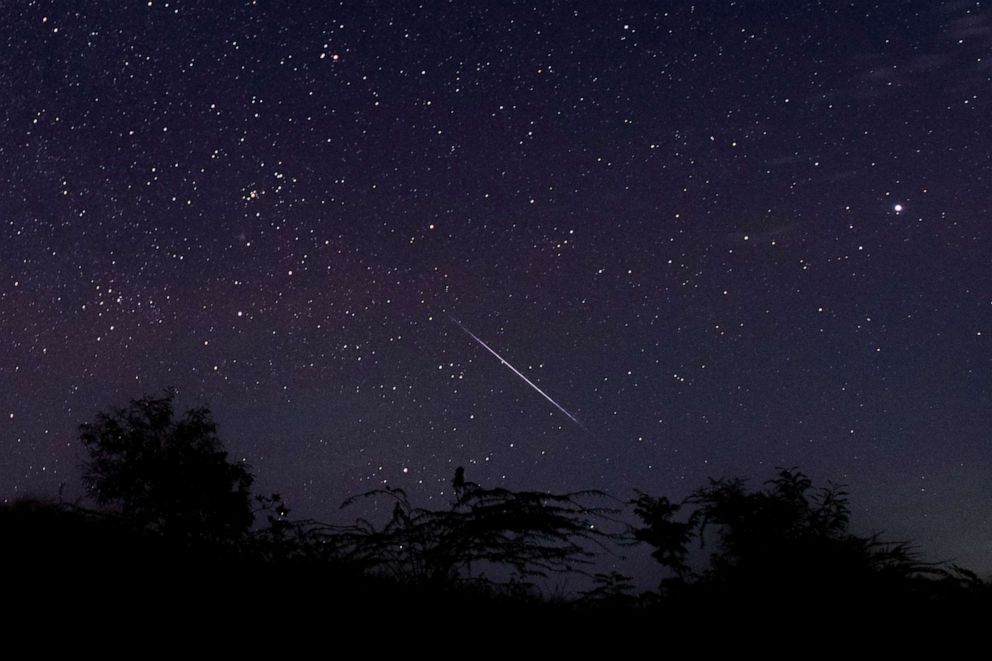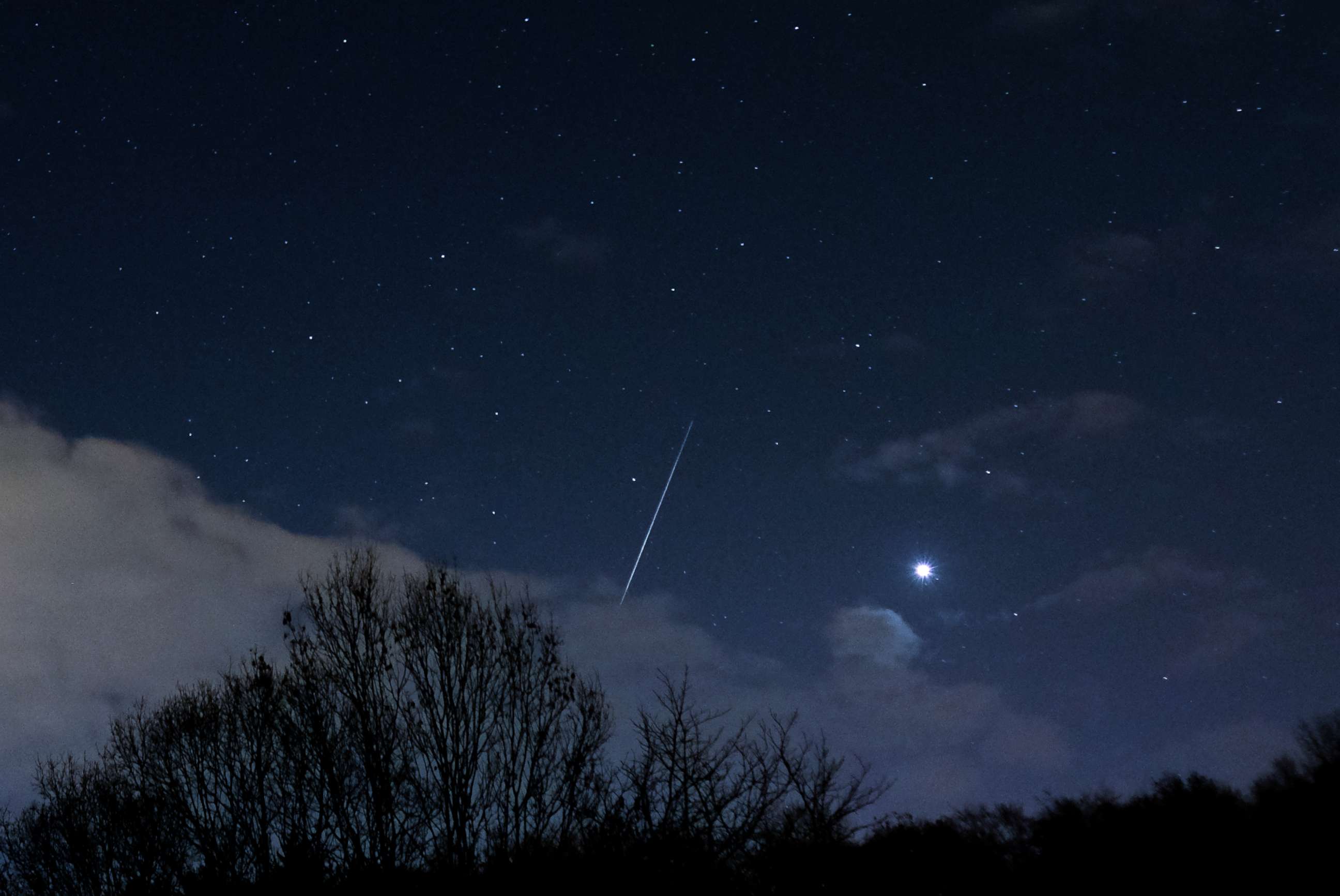How to watch the Geminids, the best meteor shower of 2020
The shower, which has about 120 meteors per hour, can be seen around the world.
Stargazers are prepping to head outside to watch the best meteor shower of 2020 brighten the sky.
The Geminid meteor shower, which is typically active every year between Dec. 4 and Dec. 17, is expected to climax Sunday and Monday nights in a dazzling display of multi-colored shooting stars.
At its peak, the shower features about 120 meteors per hour traveling about 22 miles per second, according to NASA. The colors come from the elements the meteor is made from.

The rate is expected to be even better this year, because the peak of the shower overlaps with a nearly new moon, resulting in darker skies.
The Geminids, which began to appear in the 19th century, are considered to be one of the best and most reliable meteor showers every year, according to NASA. Each year, the Earth passes through debris trails of leftover comet particles from bits of asteroids, which then collide with Earth's atmosphere and create colorful streaks through the sky.
The event is best seen at night and predawn hours, starting around 9 p.m. to 10 p.m. local time in the Northern Hemisphere, away from city or street lights. It is visible around the world, as long as there are no clouds to obstruct the view, according to NASA.
Unfortunately for the U.S., the Geminids are better seen in the Southern Hemisphere, where the summer season results in less clouds, according to the American Meteor Society.

You can watch a live stream of the Geminids meteor shower on the NASA Meteor Watch Facebook page.




